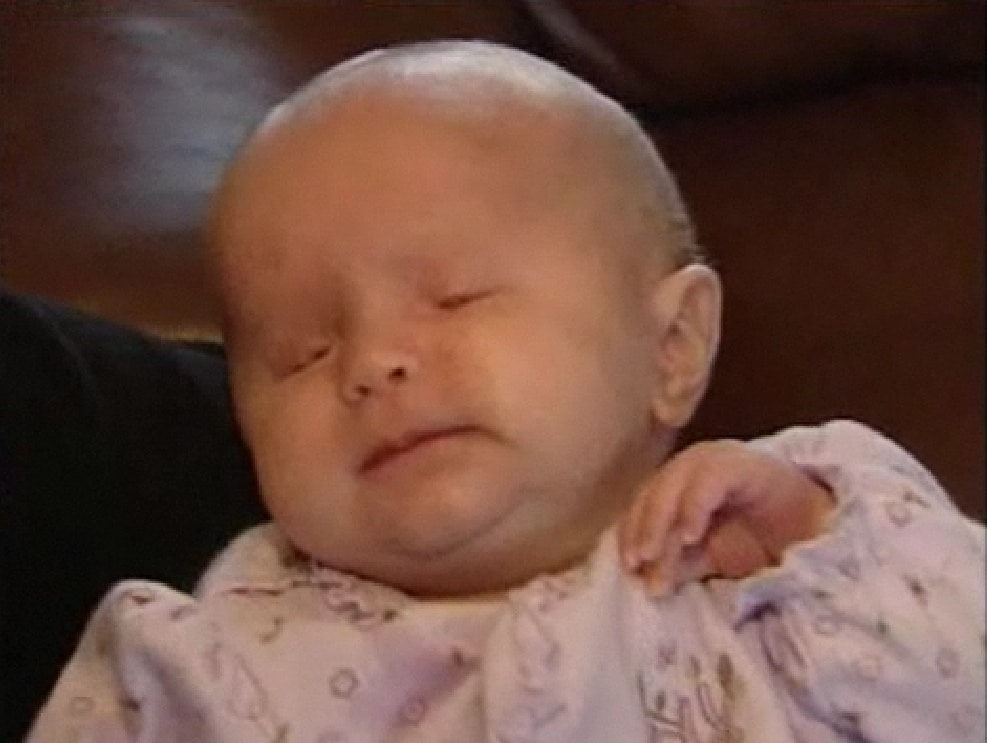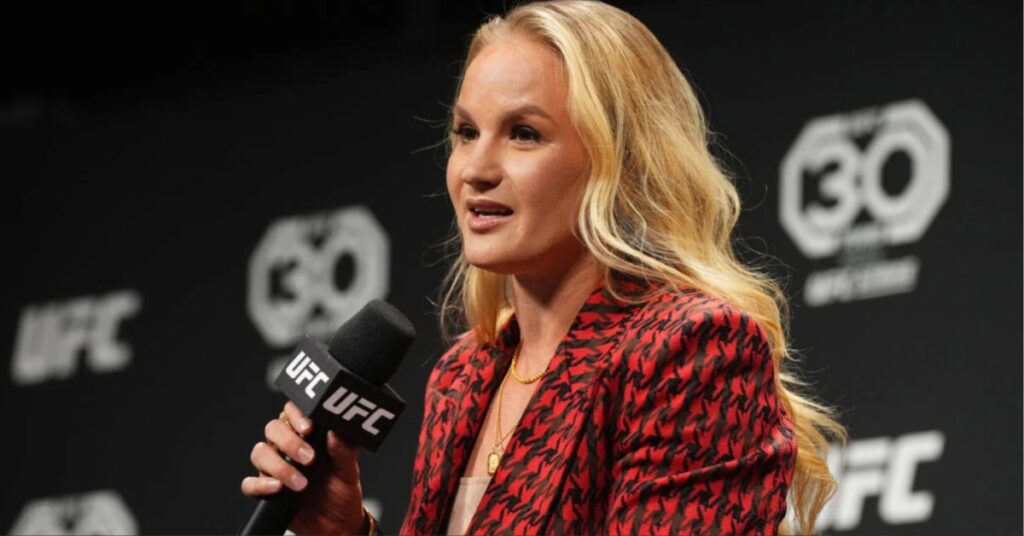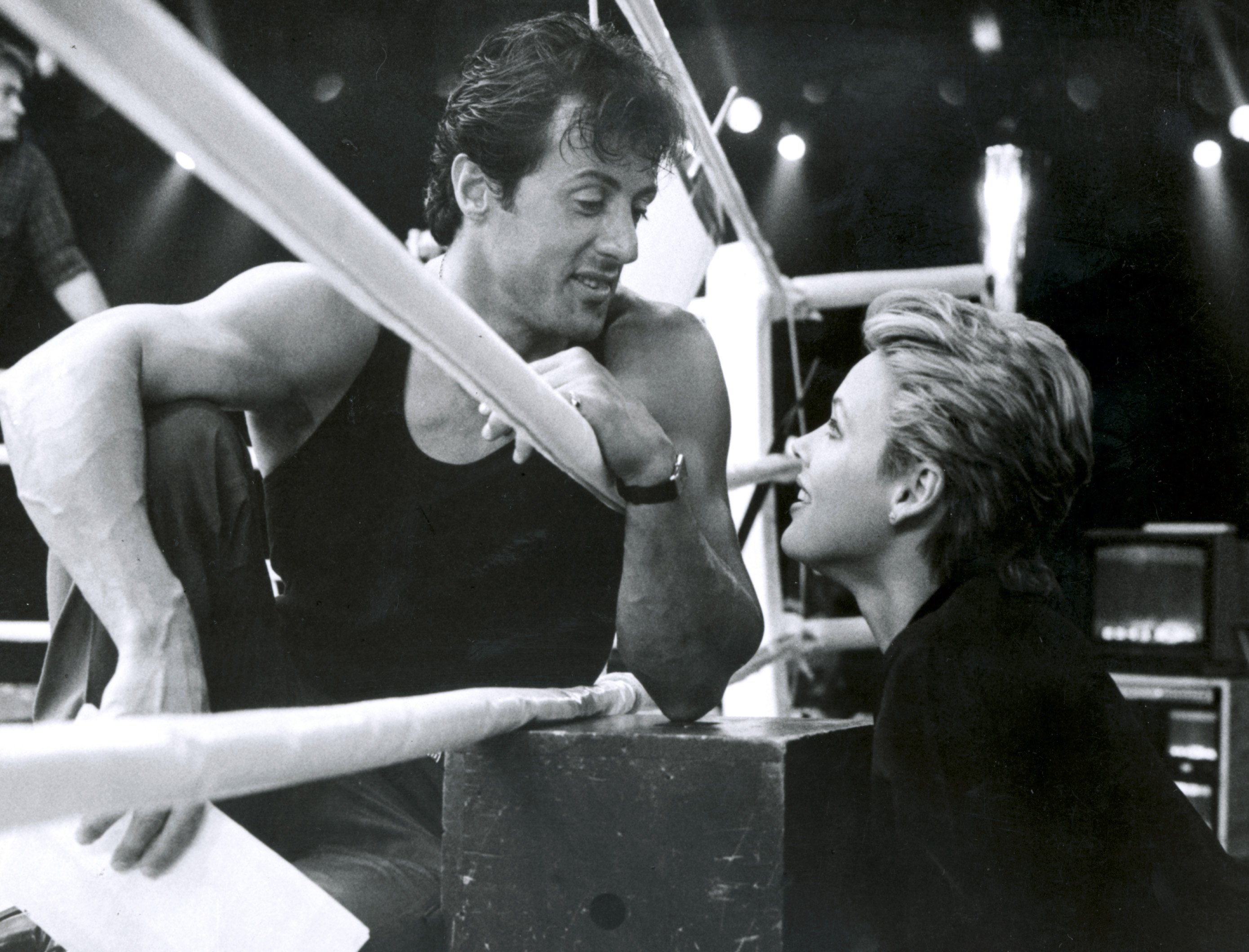Baby Born Without Eyes: Living With Bilateral Anophthalmia

Table of Contents
Understanding Bilateral Anophthalmia
What is Bilateral Anophthalmia?
Bilateral anophthalmia is a rare congenital condition characterized by the absence of both eyes at birth. It's crucial to differentiate this from microphthalmia, where the eyes are present but abnormally small. While the exact causes of bilateral anophthalmia are often unknown, research suggests a complex interplay of genetic and environmental factors. Genetic mutations, chromosomal abnormalities, and teratogens (environmental factors that can cause birth defects) during pregnancy are suspected contributing factors. Early diagnosis is critical in developing appropriate support and intervention strategies.
Diagnosis and Early Intervention
Prenatal diagnosis of bilateral anophthalmia is possible through ultrasound scans during pregnancy, although it may not always be definitively confirmed before birth. Postnatal diagnosis is typically made through a thorough ophthalmological examination shortly after birth. Early intervention is paramount for a child's optimal development. This involves a multidisciplinary approach, integrating therapies tailored to address the unique needs of the child.
- Sensory Stimulation: Engaging the child's other senses (touch, hearing, smell, taste) to compensate for the lack of vision.
- Developmental Therapies: Occupational therapy, physical therapy, and speech therapy to enhance motor skills, mobility, and communication.
- Early Childhood Education: Specialized early intervention programs designed to foster learning and development.
The Impact of Bilateral Anophthalmia on Development
Bilateral anophthalmia significantly impacts a child's development across various domains. Sensory development is naturally affected, requiring a focus on alternative sensory input. Mobility may be challenged, requiring assistive devices and specialized training. Social interaction can be impacted, necessitating strategies to foster communication and social skills. Emotionally, the child and family may experience a range of feelings, from grief and adjustment difficulties to resilience and adaptation.
- Sensory Development: Delayed or atypical development in areas such as spatial awareness, depth perception, and object recognition.
- Motor Skills: Potential delays in gross motor skills (mobility, locomotion) and fine motor skills (hand-eye coordination).
- Social-Emotional Development: Challenges in social interaction, emotional regulation, and self-esteem.
Coping Strategies and Support for Families
Emotional Support and Counseling
The diagnosis of bilateral anophthalmia can be emotionally overwhelming for parents and siblings. Seeking professional emotional support is vital. Counseling and therapy can provide a safe space to process grief, adjust to the child's needs, and build coping mechanisms. Support groups connect families with others facing similar challenges, fostering a sense of community and shared experience.
- Support Organizations: [Insert links to relevant organizations, e.g., national organizations for blindness or visual impairments]
- Online Forums and Communities: [Insert links to online support groups and forums]
Practical Strategies for Daily Living
Adapting routines and creating a safe and stimulating home environment is crucial. Simple modifications can make daily tasks easier and safer.
- Home Modifications: Removing obstacles, providing clear pathways, and using tactile cues for navigation.
- Feeding and Bathing: Developing adaptive feeding techniques and strategies for safe bathing.
- Dressing and Hygiene: Adapting clothing and hygiene routines to the child's needs.
Financial Considerations and Resources
The medical care, assistive technology, and therapies required for a child with bilateral anophthalmia can create significant financial burdens. Fortunately, various resources and support programs exist to help alleviate these challenges.
- Government Assistance Programs: [Mention relevant government programs providing financial assistance for healthcare, education, and disability services, varying by country/region]
- Charitable Organizations: [List organizations offering financial aid or equipment for children with visual impairments]
Assistive Technology and Educational Support
Assistive Devices for Children with Anophthalmia
Various assistive technologies can significantly enhance a child's independence and mobility.
- Canes: Providing spatial awareness and navigation assistance.
- Echolocation Training: Learning to use sound to perceive the environment.
- Specialized Equipment: Adaptive toys, learning materials, and assistive listening devices.
Educational Strategies and Inclusive Education
Early intervention and individualized education programs (IEPs) are crucial for children with bilateral anophthalmia. Inclusive education, where possible, allows the child to learn and interact with typically developing peers.
- Adapted Learning Strategies: Using tactile materials, auditory learning techniques, and other sensory-based methods.
- Assistive Technologies for Education: Specialized software, screen readers, and other technologies to aid in learning.
Long-Term Outlook and Future Considerations
Adult Life with Bilateral Anophthalmia
As children with bilateral anophthalmia grow into adulthood, they will face unique challenges and opportunities. They will need continued support and resources to succeed in employment, relationships, and independent living.
Ongoing Medical Care and Monitoring
Regular checkups and medical monitoring are important throughout life to address any potential health complications associated with bilateral anophthalmia or related conditions.
Conclusion
Raising a child with bilateral anophthalmia requires patience, understanding, and access to comprehensive support. Early intervention, a strong support network, and the utilization of appropriate assistive technologies are crucial factors influencing the quality of life for these children. Remember, while the journey may present challenges, it is filled with opportunities for growth, resilience, and remarkable achievements. Learn more about living with bilateral anophthalmia, find support for bilateral anophthalmia, and discover resources for families facing bilateral anophthalmia by connecting with the organizations and resources mentioned in this article. Share this information with others who might benefit, and remember you are not alone.

Featured Posts
-
 Kieran Stevenson And Ipswich Towns Road Ahead
May 11, 2025
Kieran Stevenson And Ipswich Towns Road Ahead
May 11, 2025 -
 Ufc 315 Will Fiorot Respect Shevchenkos Retirement Plans
May 11, 2025
Ufc 315 Will Fiorot Respect Shevchenkos Retirement Plans
May 11, 2025 -
 Unexpected Nsfw Moment Selena Gomez And Benny Blancos Tmi Share
May 11, 2025
Unexpected Nsfw Moment Selena Gomez And Benny Blancos Tmi Share
May 11, 2025 -
 2025s Most Powerful 500 Influential Individuals In Washington Dc
May 11, 2025
2025s Most Powerful 500 Influential Individuals In Washington Dc
May 11, 2025 -
 Stallone E Os Quadrinhos Uma Analise Da Adaptacao Injusticada
May 11, 2025
Stallone E Os Quadrinhos Uma Analise Da Adaptacao Injusticada
May 11, 2025
Latest Posts
-
 Sylvester Stallone Reveals His Favorite Rocky Film An Emotional Rollercoaster
May 12, 2025
Sylvester Stallone Reveals His Favorite Rocky Film An Emotional Rollercoaster
May 12, 2025 -
 Which Rocky Movie Touches Sylvester Stallone The Most Exploring The Franchises Emotional Core
May 12, 2025
Which Rocky Movie Touches Sylvester Stallone The Most Exploring The Franchises Emotional Core
May 12, 2025 -
 The Most Emotional Rocky Movie According To Sylvester Stallone A Critical Analysis
May 12, 2025
The Most Emotional Rocky Movie According To Sylvester Stallone A Critical Analysis
May 12, 2025 -
 Sylvester Stallone Picks His Top Rocky Film Why This One Is So Emotional
May 12, 2025
Sylvester Stallone Picks His Top Rocky Film Why This One Is So Emotional
May 12, 2025 -
 Exploring Sylvester Stallones Only Non Starring Directorial Effort
May 12, 2025
Exploring Sylvester Stallones Only Non Starring Directorial Effort
May 12, 2025
